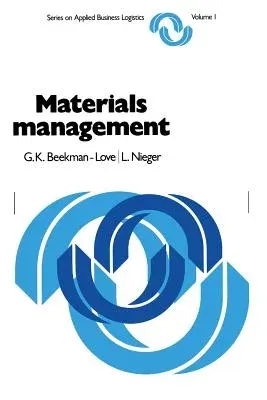G K Beckman-Love
(Author)Materials Management: A Systems Approach (Softcover Reprint of the Original 1st 1978)Paperback - Softcover Reprint of the Original 1st 1978, 31 July 1978

Qty
1
Turbo
Ships in 2 - 3 days
In Stock
Free Delivery
Cash on Delivery
15 Days
Free Returns
Secure Checkout
Part of Series
Applied Business Logistics
Part of Series
Studies in Applied Regional Science
Part of Series
Series on Applied Business Logistics
Print Length
182 pages
Language
English
Publisher
Springer
Date Published
31 Jul 1978
ISBN-10
9020707485
ISBN-13
9789020707489
Description
Product Details
Authors:
Book Edition:
Softcover Reprint of the Original 1st 1978
Book Format:
Paperback
Country of Origin:
US
Date Published:
31 July 1978
Dimensions:
22.86 x
15.24 x
0.99 cm
ISBN-10:
9020707485
ISBN-13:
9789020707489
Language:
English
Location:
New York, NY
Pages:
182
Publisher:
Series:
Weight:
254.01 gm

